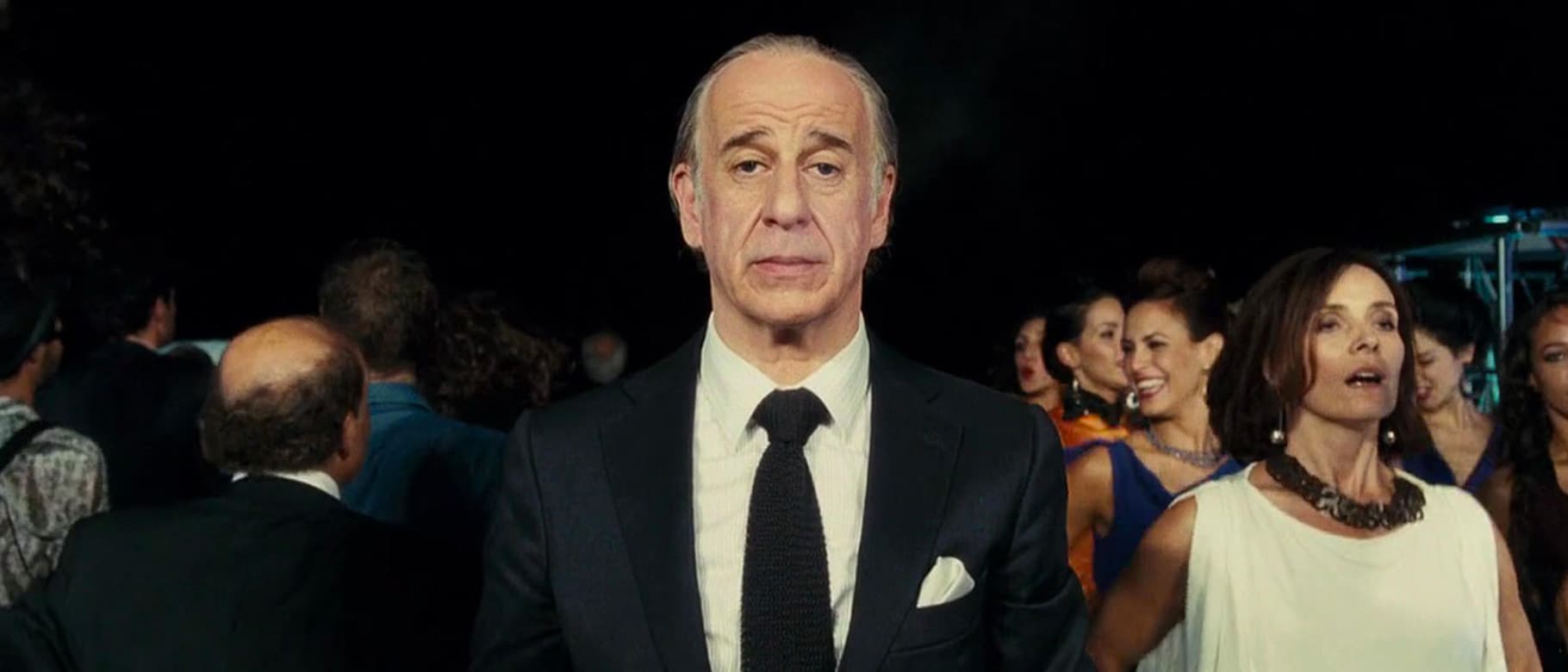

There’s just something about Italian style, especially when it comes to tailoring. Savile Row’s heritage is firmly rooted in military uniform; the street tailors suits that are roomy, structured and for the most part, quite stiff. By contrast, Italian tailoring – whether Neapolitan, Florentine, or Milanese – is as laid back as can be, slouchy and softly constructed. Those readers who’ve had the pleasure of shrugging on an Italian suit or sports coat will know just how wearing one changes your perspective on the world; it helps you to feel cooler, chicer, and that little bit more louche.
In Paolo Sorrentino’s Golden Globe and Academy Award winning film The Great Beauty, the protagonist Jep Gambardella captures this duality perfectly. The self-proclaimed king of Rome’s glamorous nightlife, silver-haired Jep embodies the Italian art of ‘sprezzatura’ – the notion of ‘studied carelessness’.
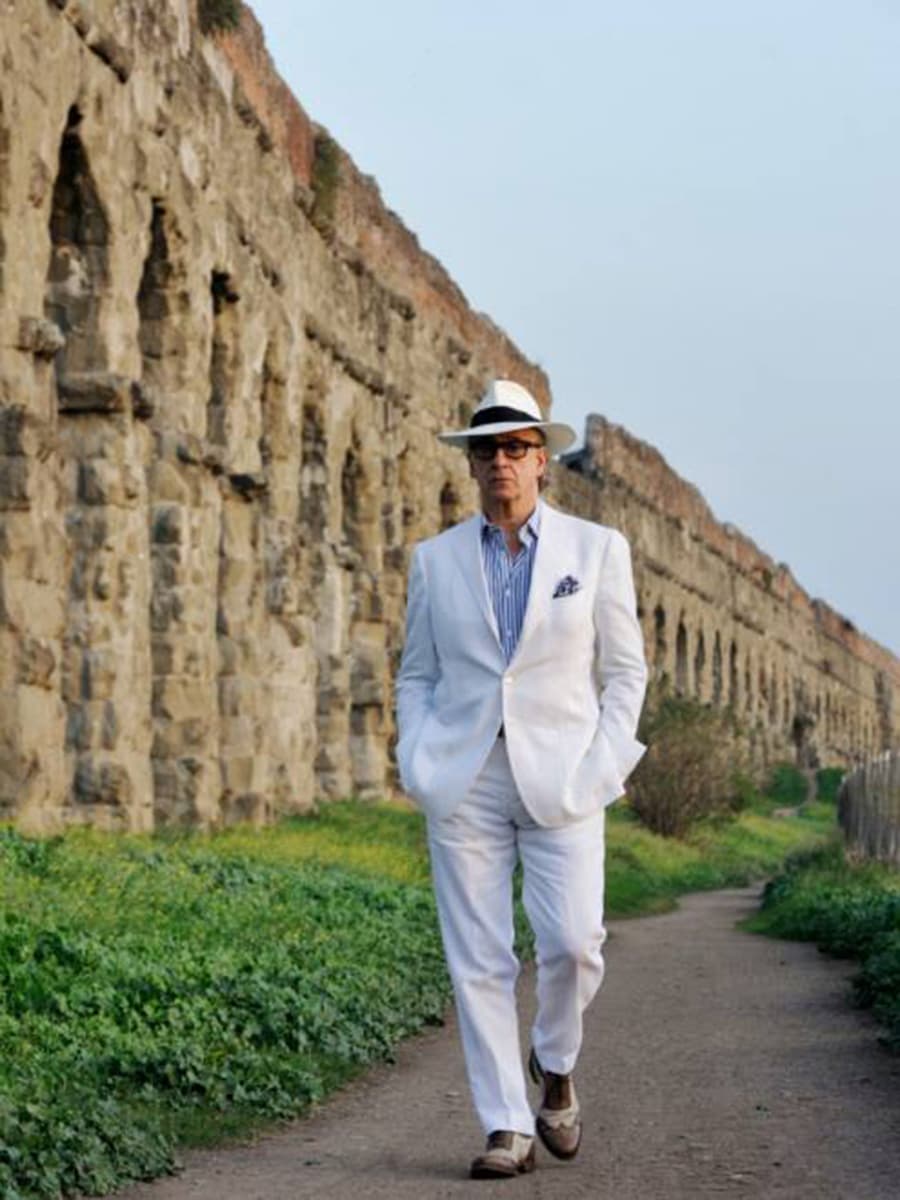
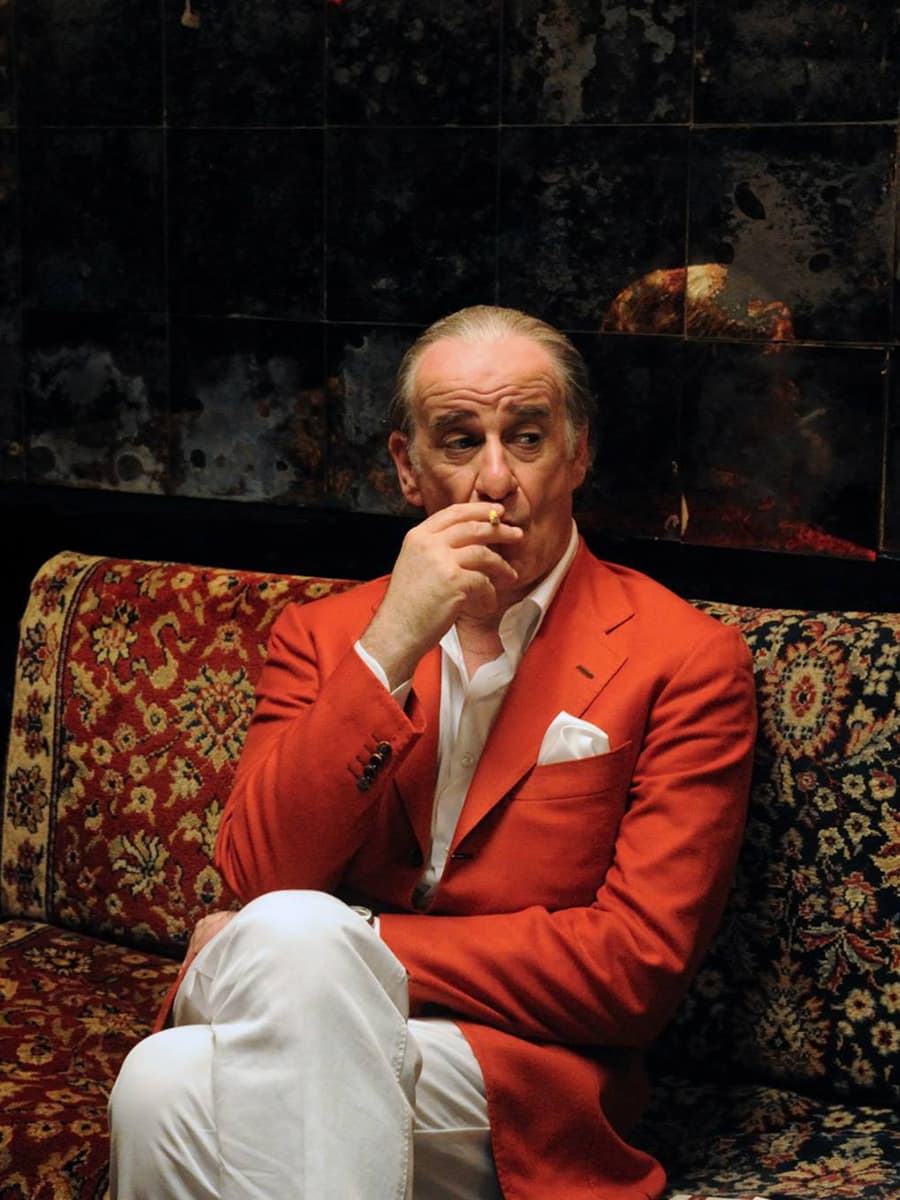
Whether you’ve seen The Great Beauty or not, you get the picture. He positively saunters through the movie’s sun-drenched depiction of Rome, and carries himself with a pitch-perfect swagger that recalls the best dressed men of the mid-century. There’s a party scene that epitomises Jep’s bravado just so. He parts the gyrating crowd in slow-motion, lighting a cigarette as he goes. He pauses, breathes in and exhales with a single hand in his coat pocket and a look on his face like he’s seen it all before. It’s a magnetic moment, capturing that sense of cool that all of us, at one point of another, have longed to emulate.
But, as with all good dramas Jep is a complex character, torn between the superficial allure of the high life and an existential yearning for meaning. More often than not, his loud technicolour tailoring mirrors this internal battle – a stroke of brilliance on the part of the movie’s costume department. His suits are conservatively cut in the Neapolitan style with soft shoulders, nipped waists, short jackets and tapered trousers, but the colours are far from traditional. Hot orange, lemon yellow, eggshell blue, powder white – these shades shout to be noticed. They’re ostentatious and powerful, but they also call for help in a way that Jep himself can’t. Throughout the film, a bright white shirt anchors his tailoring – a neutral foundation for his oh-so-loud suits.
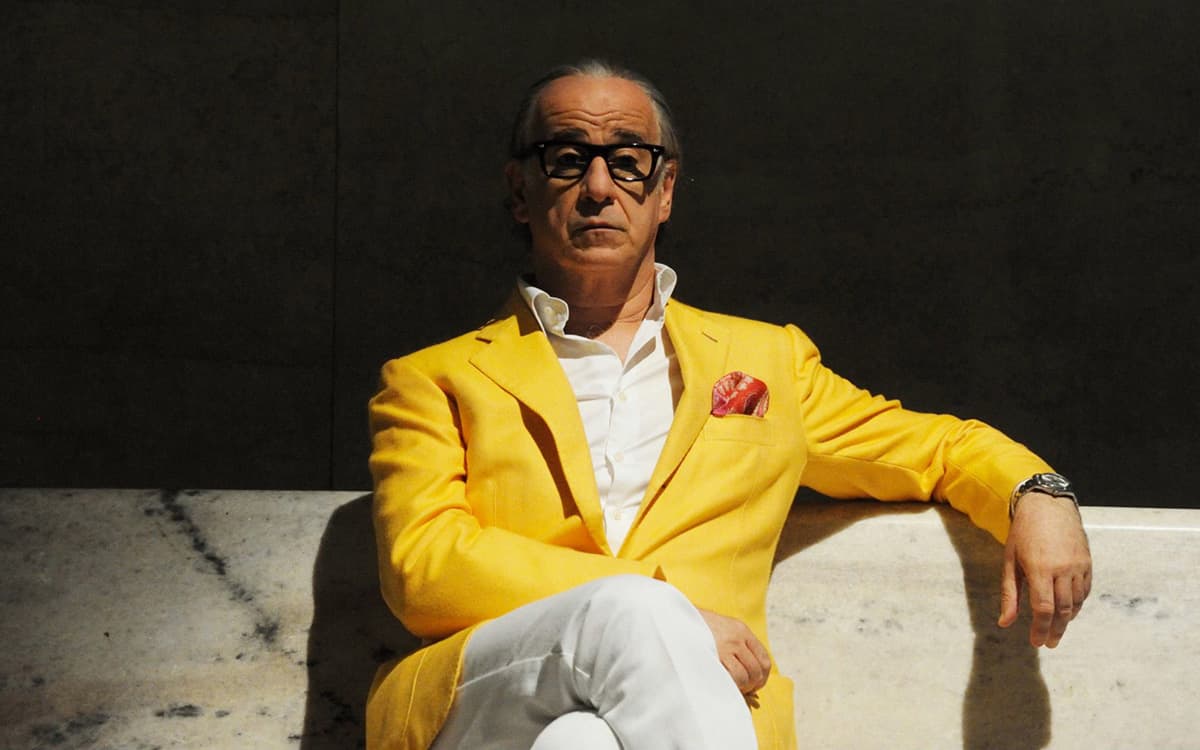
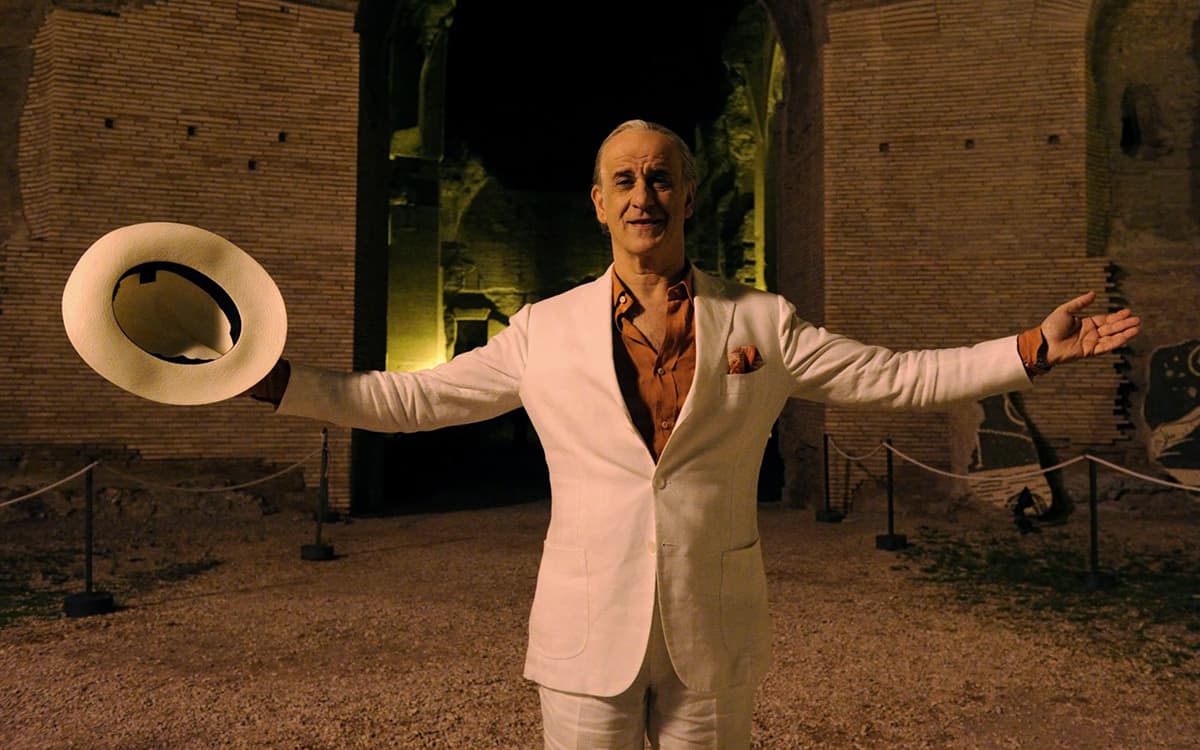
These shirts are things of beauty in themselves; cut in smooth poplin with clean plackets and soft, rolling collars that fall open beneath his jackets’ lapels. They reinforce Jep’s sense of suavity in the movie – sitting so comfortably about his neck they couldn’t possibly have been made for anyone else. The perfect white shirt is of course a sartorial status symbol, and these handmade shirts say everything they need to about the man who wears them. He’s made it, and he knows it.
Of course, like so many elements in The Great Beauty, the movie is admirable not just for its stylish cinematography and scripting, but for the allegorical meaning Sorrentino plays with in its wardrobe. These immaculate white shirts are beautiful, but they also allude to an insecurity beneath Jep’s surface bravura – an absence of colour and depth. The film’s clothes help to pose the fundamental question: do we aspire to his glamorous lifestyle, or question it?
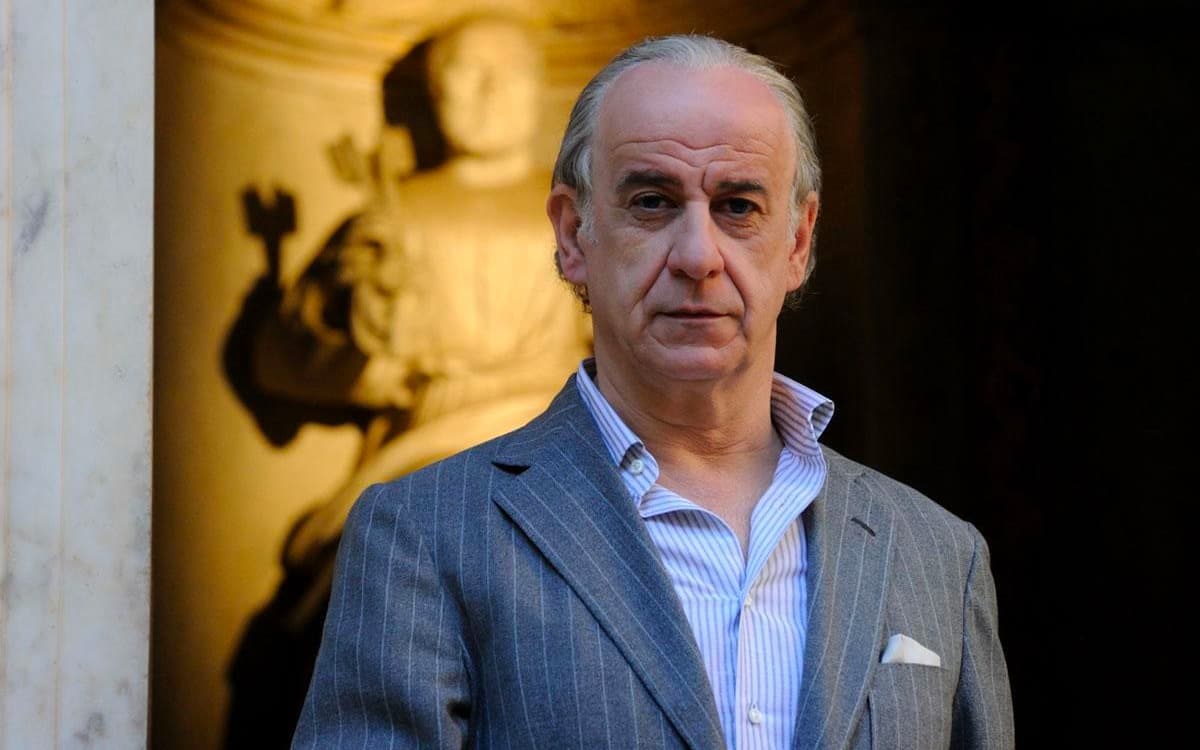
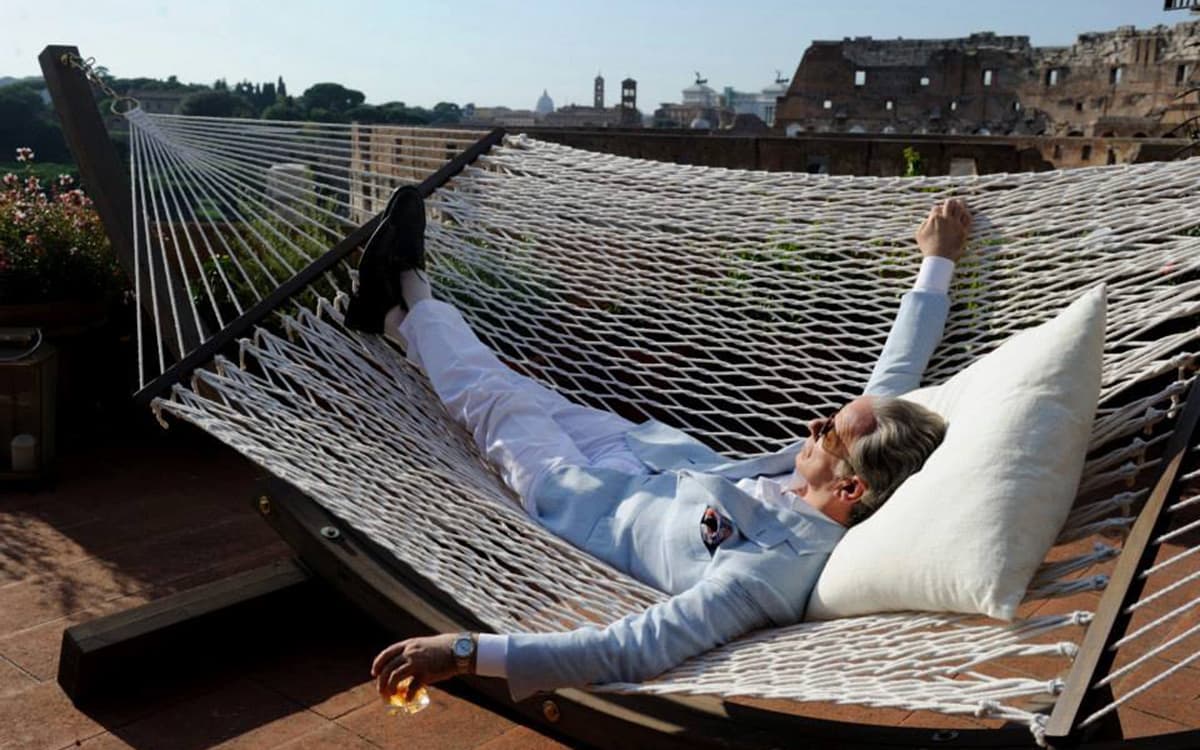
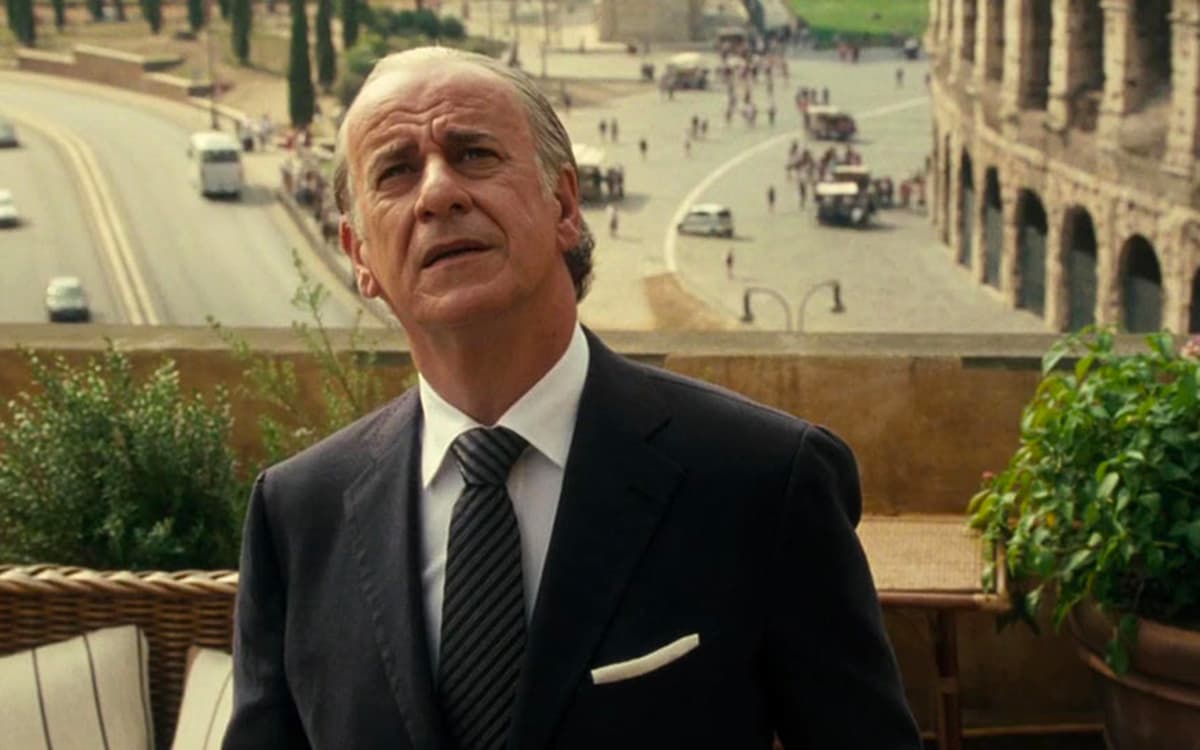
The film’s ending is ambiguous, but in counterpointing material style with the human quest for a meaning existence The Great Beauty becomes an embroiling and enveloping movie – one that we can’t recommend enough to fellow menswear-heads.
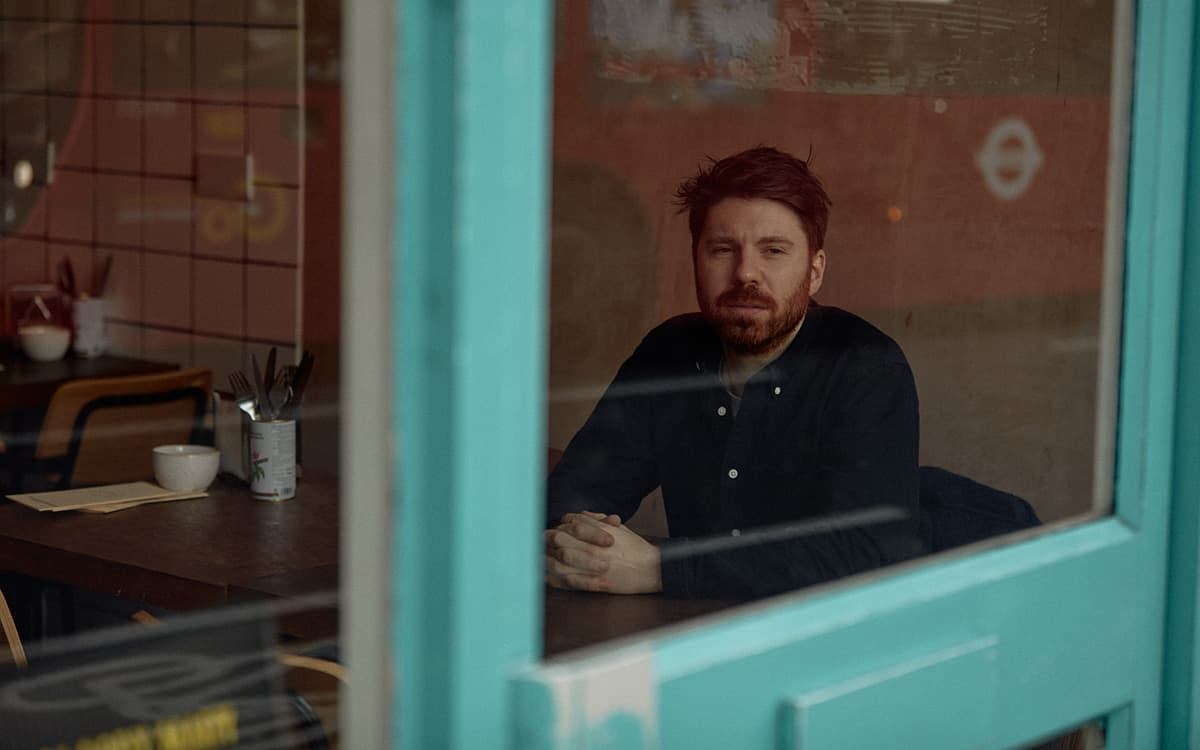
An artist’s guide to London, with Jonathan Lawes
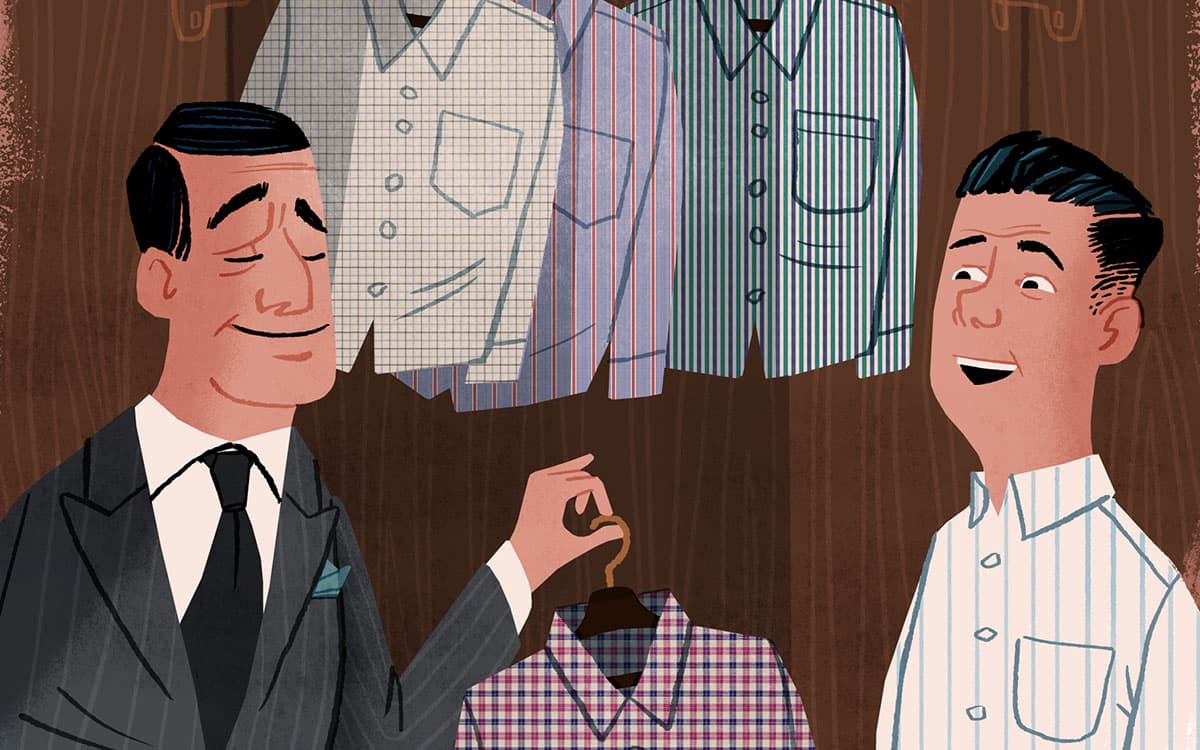
Beyond Blue and White: Some fresh thoughts on formal shirts
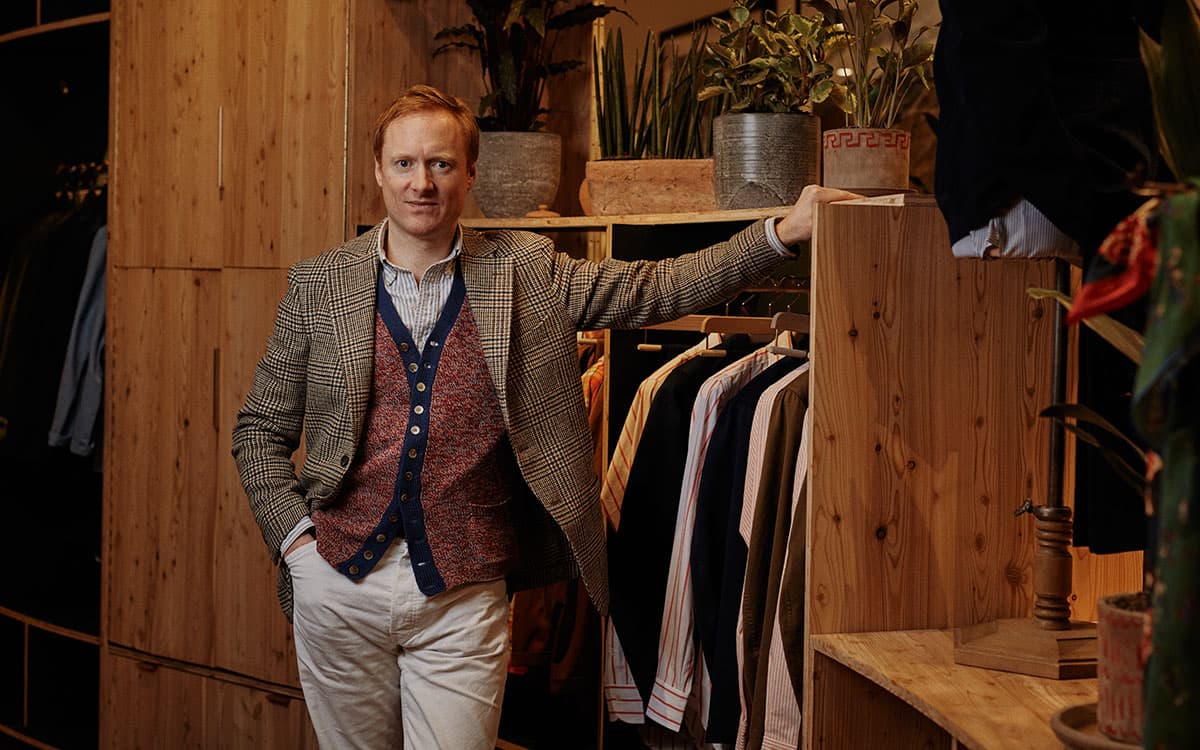
Michael Hill on his father’s cardigan
Cotonificio Albini S.p.A. - Via Dr. Silvio Albini 1, 24021 Albino (BG) – Italy
Società con unico socio - diretta e coordinata da Albini Group S.p.A.
P.I. 01884530161 - C.F. 08743540158 - Iscritta al Registro Imprese di Bergamo - REA 244649
Capitale sociale sottoscritto e versato € 11.170.960